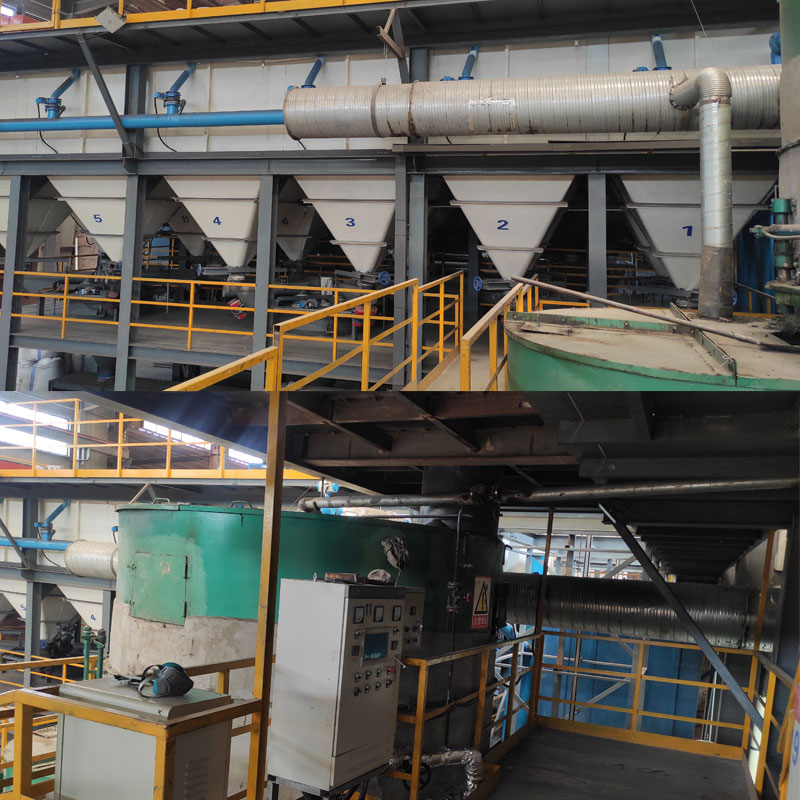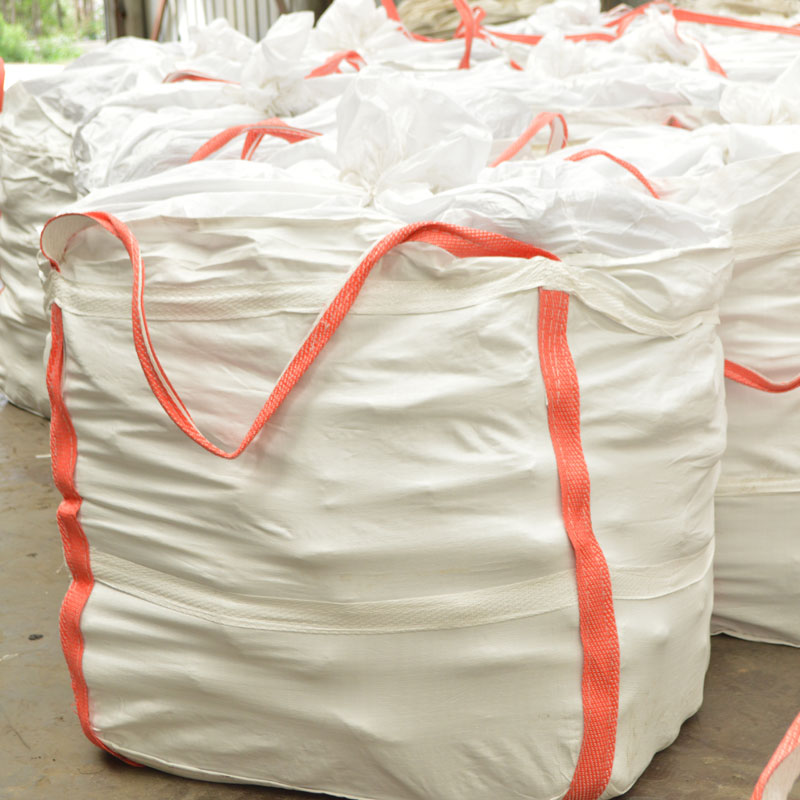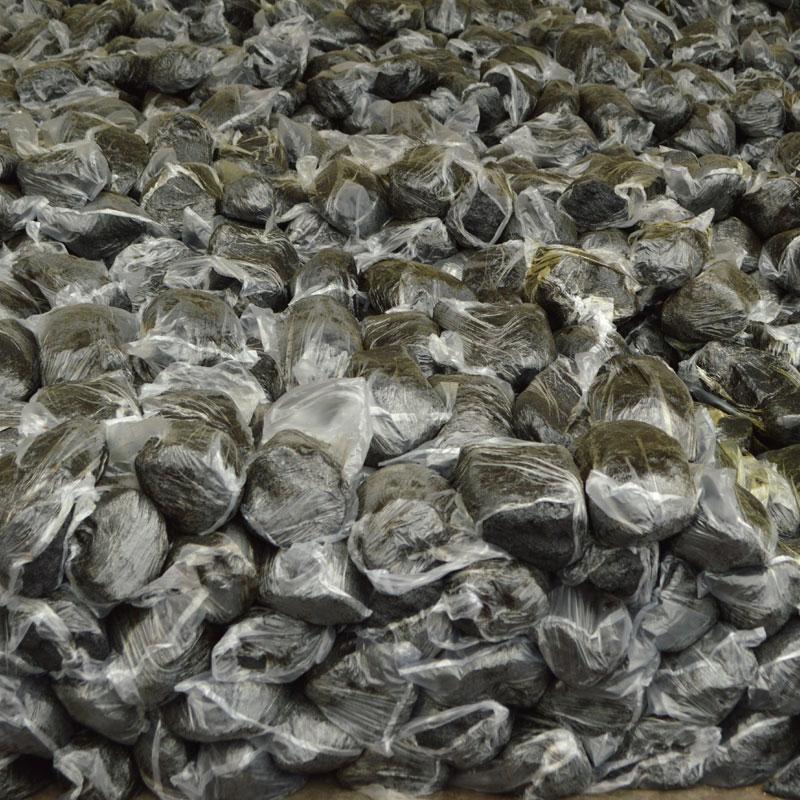
Anhydrous taphole mud/taphole clay refers to taphole mud made of tar, resin, etc. as binders and corundum, bauxite, clay, silicon carbide, coke powder, etc. as raw materials. Anhydrous carbon taphole mud is made by a mud mill. When rolling, oil is added first, then block materials (clay and asphalt), and then powder materials (coke powder and clinker powder) are added after crushing. After pressing and mixing, the mud can be produced when it meets the standards.
Item NO.:
YYH-853Payment:
T/TLead Time:
7-15Taphole clay is a functional refractory material used to seal and protect the taphole, so its quality directly determines whether the blast furnace can be safe and stable running. In addition to the conventional waterless taphole clay, Yuying Refractory also provides a variety of functional clays, such as environment friendly taphole clay, titanium protective furnace taphole clay, anti-splashing taphole clay, taphole clay for increasing the depth of taphole, high strength taphole clay and taphole clay for single taphole.
Conventional taphole clay is a blast furnace specific taphole clay with high resistance to slag iron erosion and erosion, excellent workability, and easy growth and maintenance of mud bags. It has the characteristics of long tapping time, no splashing. and smooth opening and blocking.
|
Test item |
Test condition |
Physicoch emical index |
Typical value |
Test standard |
|
Bulk density(g/cm3) |
1350℃×3h |
≥1.8 |
1.83 |
YB/T5200 |
|
Cold compressive strength (MPa) |
1350℃×3h |
≥10 |
16.2 |
YB/T5201 |
|
Iinear change rate (%) |
1350℃×3h |
±1.5 |
±0.58 |
YB/T5203 |
|
Chemical composition |
Al2O3 |
≥15 |
23.7 |
GB/T16555 |
|
Si+C+Si3N4+C |
≥25 |
30.4 |
Large blast furnaces have high requirements for the quality of taphole work. In order to maintain the taphole well, according to working conditions, taphole clay is generally required to have the following properties:
1. Good workability, can be easily pushed out of the mud gun, and has a high filling density;
2. Good opening performance, the drill bit of the tapping machine is easy to drill in when opening;
3. Resistant to the scouring and erosion of high-temperature iron;
4. Good volume stability, that is, small volume change under high temperature;
5. High refractoriness, >1580℃;
6. Has a certain plasticity at room temperature.


Gongyi Yuying Refractory Co., Ltd. specializes in the production of anhydrous taphole clay of various indicators, suitable for blast furnaces of various capacities. Welcome your inquiries
Anhydrous tap hole mix for blast furnace tap hole
Refractory wet mud used to block the iron outlet can be divided into two categories: water cannon mud and waterless gun mud. On large and medium -sized blast furnaces on high top pressure and high degree of smelting.
Refractory ramming mass (refractory taphole mass) is a kind of Refractory used for lining of blast furnace tapping groove. It is mainly used to protect the blast furnace out of the ditch from high-temperature hot metal and slag erosion and erosion, and has excellent high-temperature resistance and wear resistance. The ramming material for the iron discharge ditch is usually composed of corundum, silicon carbide and carbonaceous material, which has the ability of resisting hot metal and molten slag erosion and scouring, reburning line change small, strong resistance to a variety of oxidation characteristics. The construction of the ramming material for the iron ditch is convenient, easy to dismantle and repair, does not produce harmful gas, and is beneficial to environmental protection.
In the blast furnace smelting process, blast furnace taphole clay, as a key plastic material, plays a vital role. This article will introduce in detail the product characteristics, working principle and innovation of blast furnace taphole clay in improving furnace stability and production efficiency.
We specialize in producing various types of tap hole clay. Our tap hole clay protects the blast furnace hearth, increases production and saves costs! We are your best choice for tap hole clay suppliers.
Yuying Refractory produces a complete set of refractories for electrolyzers, and the new impermeable bricks are used in conjunction with impermeable castables
The high-alumina bricks are mainly used in the regenerator of the hot blast stove. The lattice bricks with a certain structure are arranged in an orderly manner, and the upper and lower through holes of the lattice bricks can allow the gas to pass through.
Corundum refractory castable has the characteristics of high strength and good fluidity, which is convenient for construction. It is mainly used for the parts that are easy to be washed and worn, such as the combustion chamber, separator and flue of circulating fluidized bed boiler.
Anhydrous tap hole mix for blast furnace tap hole
Refractory wet mud used to block the iron outlet can be divided into two categories: water cannon mud and waterless gun mud. On large and medium -sized blast furnaces on high top pressure and high degree of smelting.
Refractory ramming mass (refractory taphole mass) is a kind of Refractory used for lining of blast furnace tapping groove. It is mainly used to protect the blast furnace out of the ditch from high-temperature hot metal and slag erosion and erosion, and has excellent high-temperature resistance and wear resistance. The ramming material for the iron discharge ditch is usually composed of corundum, silicon carbide and carbonaceous material, which has the ability of resisting hot metal and molten slag erosion and scouring, reburning line change small, strong resistance to a variety of oxidation characteristics. The construction of the ramming material for the iron ditch is convenient, easy to dismantle and repair, does not produce harmful gas, and is beneficial to environmental protection.
In the blast furnace smelting process, blast furnace taphole clay, as a key plastic material, plays a vital role. This article will introduce in detail the product characteristics, working principle and innovation of blast furnace taphole clay in improving furnace stability and production efficiency.
We specialize in producing various types of tap hole clay. Our tap hole clay protects the blast furnace hearth, increases production and saves costs! We are your best choice for tap hole clay suppliers.
Yuying Refractory produces a complete set of refractories for electrolyzers, and the new impermeable bricks are used in conjunction with impermeable castables
The high-alumina bricks are mainly used in the regenerator of the hot blast stove. The lattice bricks with a certain structure are arranged in an orderly manner, and the upper and lower through holes of the lattice bricks can allow the gas to pass through.
Corundum refractory castable has the characteristics of high strength and good fluidity, which is convenient for construction. It is mainly used for the parts that are easy to be washed and worn, such as the combustion chamber, separator and flue of circulating fluidized bed boiler.
Anhydrous tap hole mix for blast furnace tap hole
Refractory wet mud used to block the iron outlet can be divided into two categories: water cannon mud and waterless gun mud. On large and medium -sized blast furnaces on high top pressure and high degree of smelting.
Refractory ramming mass (refractory taphole mass) is a kind of Refractory used for lining of blast furnace tapping groove. It is mainly used to protect the blast furnace out of the ditch from high-temperature hot metal and slag erosion and erosion, and has excellent high-temperature resistance and wear resistance. The ramming material for the iron discharge ditch is usually composed of corundum, silicon carbide and carbonaceous material, which has the ability of resisting hot metal and molten slag erosion and scouring, reburning line change small, strong resistance to a variety of oxidation characteristics. The construction of the ramming material for the iron ditch is convenient, easy to dismantle and repair, does not produce harmful gas, and is beneficial to environmental protection.
In the blast furnace smelting process, blast furnace taphole clay, as a key plastic material, plays a vital role. This article will introduce in detail the product characteristics, working principle and innovation of blast furnace taphole clay in improving furnace stability and production efficiency.
We specialize in producing various types of tap hole clay. Our tap hole clay protects the blast furnace hearth, increases production and saves costs! We are your best choice for tap hole clay suppliers.
Yuying Refractory produces a complete set of refractories for electrolyzers, and the new impermeable bricks are used in conjunction with impermeable castables
The high-alumina bricks are mainly used in the regenerator of the hot blast stove. The lattice bricks with a certain structure are arranged in an orderly manner, and the upper and lower through holes of the lattice bricks can allow the gas to pass through.
Corundum refractory castable has the characteristics of high strength and good fluidity, which is convenient for construction. It is mainly used for the parts that are easy to be washed and worn, such as the combustion chamber, separator and flue of circulating fluidized bed boiler.



